As the popularity of contactless and mobile payments continues to rapidly increase, official data reveals that 1 in 10 adults in the UK is now choosing to live a predominantly cashless life.
According to data published by UK Finance, 6.3 billion payments were made using contactless debit cards in 2018, with contactless payments forecasted to account for 37% of all payments made by 2028. Rather than cash, many of you are now reaching for their cards to pay for low-value purchases.
Removing the need for a PIN code, however, offers criminals the opportunity to commit contactless payment fraud through new technology. As the number of contactless payments scams continues to rise, we take a look at what you can do to prevent yourself from falling victim to this crime.
What are contactless cards?
Contactless payment cards wirelessly communicate with card readers via short-range Radio Frequency Identification, also known as RFID, to make a purchase. Contactless is a fast, easy way to pay for purchases costing £30 and under. Payment is made by ‘waving’ or tapping your contactless card or smartphone over a card terminal. Once this has been done, the RFID technology will then securely transfer data.
The majority of banks now offer contactless payments cards, with a symbol indicating whether they are equipped for tap payment. But it’s not just cards! As well as debit and credit cards, contactless payments include Apple Pay, Android Pay and Google Wallet.
Are contactless cards safe?
To put it simply, yes. Contactless technology is a safe way to make payments with. However, as with all technology containing personal data, contactless cards come complete with security risks. Since companies began offering contactless cards, many people are worried that the new technology could make it easier for criminals to get hold of your card details and other personal information.
Thieves can now easily pickpocket your contactless card or device by standing close to your wallet and using electronic RFID-equipped terminal. If this does happen, the thief can then create a counterfeit card to use in a store.
According to The Independent, Data released back in January confirms that the numbers of thefts relating to contactless cards doubled in just 10 months last year. Does this mean you should get rid of your contactless cards? Not at all. Instead, there are simple things you can do to help protect yourself from becoming a victim of fraud.
How do I protect my contactless card from being scammed?
There are various things you can do to protect your contactless card from fraudsters. Listed below are our top steps you can take to decrease the risk of being scammed in this way:
- Use an RFID blocking wallet
Even if you are aware of where your wallet is, criminals can still easily scan your contactless cards. Luckily, there are wallets available which block the radio waves between a card reader and the RFID chip in your card, so data can’t be read no matter how close in proximity. Investing in an RFID blocking wallet is one of the most effective ways to prevent your cards from contactless payment scams. They are relatively inexpensive and are a practical option for the modern individual.
There are also protective cards available which protect against wireless skimming and card fraud. These cards look just like any other ordinary payment card but instead contain technology that stops criminals from stealing your payment cards’ information. Just place a debit and credit card protector card inside your wallet, to protect your cards from skimming.
- Set up a notification whenever a payment is made
The majority of online banking apps or mobile phone banking services are able to be set up to send you a notification whenever a payment is made or of mini-statements on the day of your choice. By setting up these notifications, you will be made aware of any unfamiliar payments that you didn’t authorise. If you are unsure whether you can do this, check with your bank or banking service.
- If unsure, use the chip-and-PIN method
If you are making a transaction with your card and think the payment terminal looks unusual, avoid using the contactless payment method. To be safe, use the chip-and-PIN method in case the terminal has been modified to skim the RFID chip in your contactless card when you tap to pay.
- Frequently check your transactions
It’s good practice to regularly check through your recent transactions. By checking your bank statements you will be able to clearly detect any unusual activity and notify your bank if so.
- Keep your card in a safe place
It’s important to be careful where you keep your cards. For example, if you keep your wallet in somewhere like your back pocket, you are increasing the risk of being targeted by scammers on public transport or places where many people are pushed close together.
- Create a strong PIN
If you use your smartphone to make contactless payments with, it’s very important that you create a strong PIN or passcode for your device. Many phones will ask users to verify opening digital wallets with a PIN so ensure you choose a secure combination.
- Notify your bank and police when your card has been stolen, lost, or used without permission
If you do find yourself in the midst of contactless payment fraud or your card has been stolen or even lost, it’s important to notify your bank and law enforcement as soon as possible. Notifying these services straight away will help to prevent further payments being made from your account.



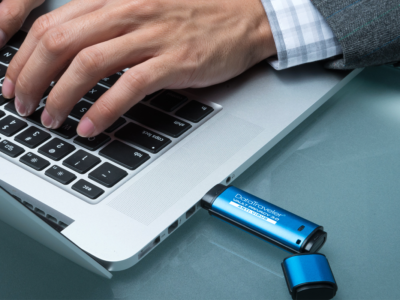

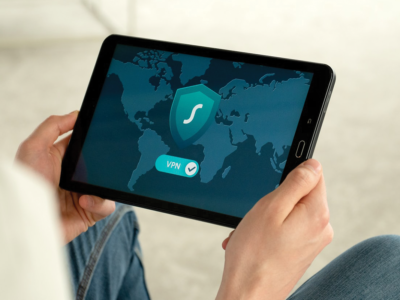






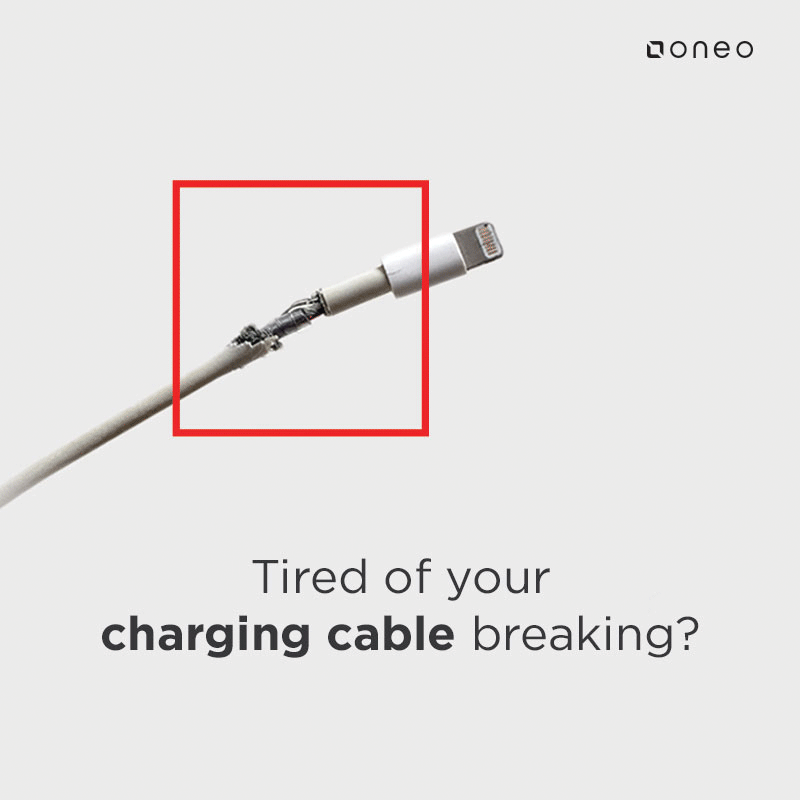
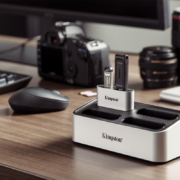
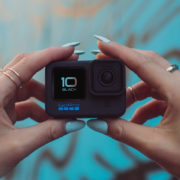
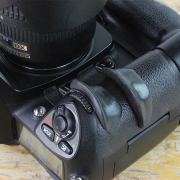
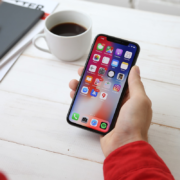
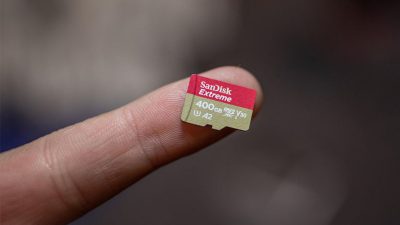
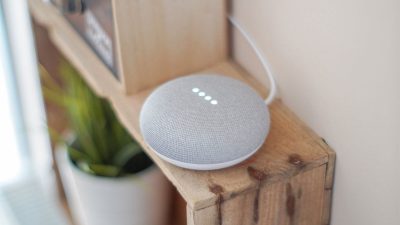
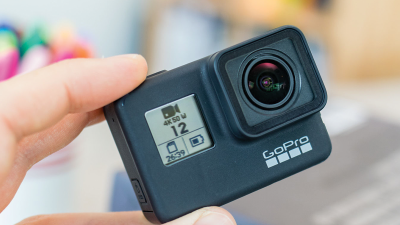
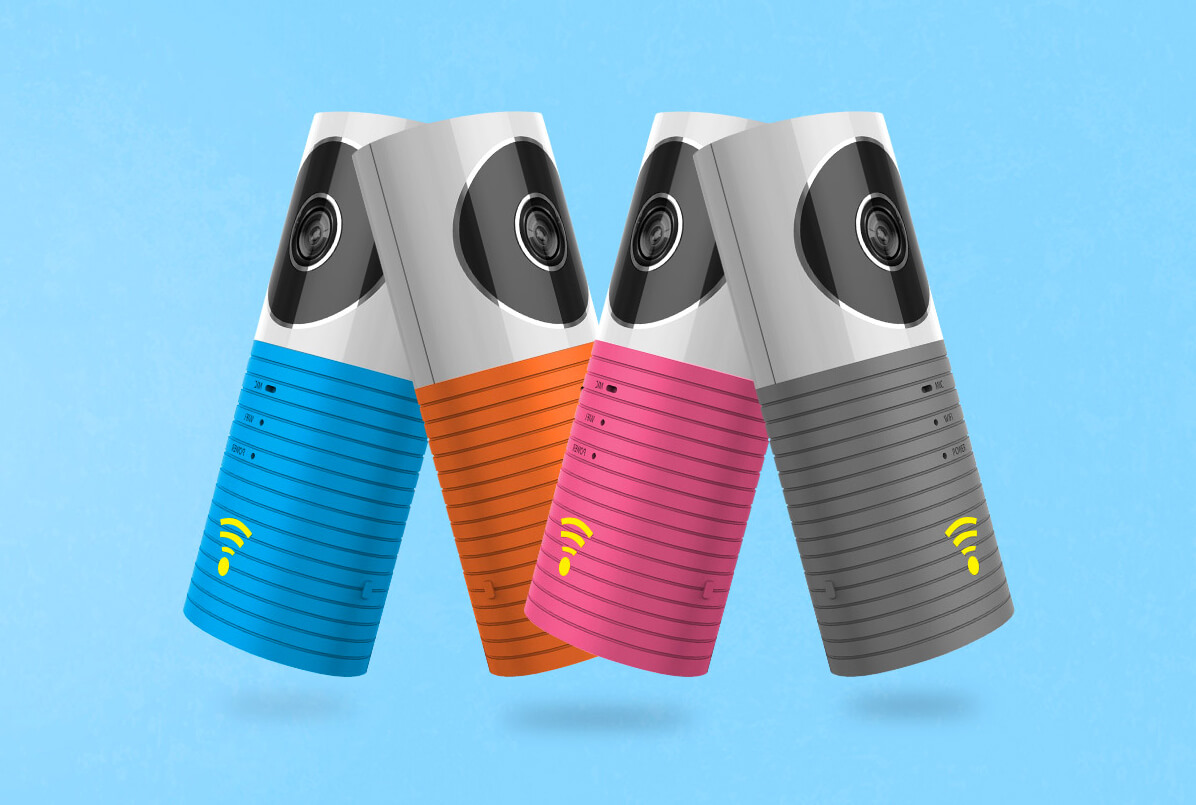
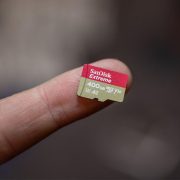
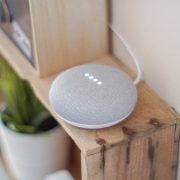
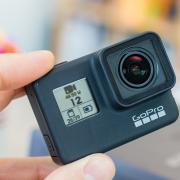
Comments